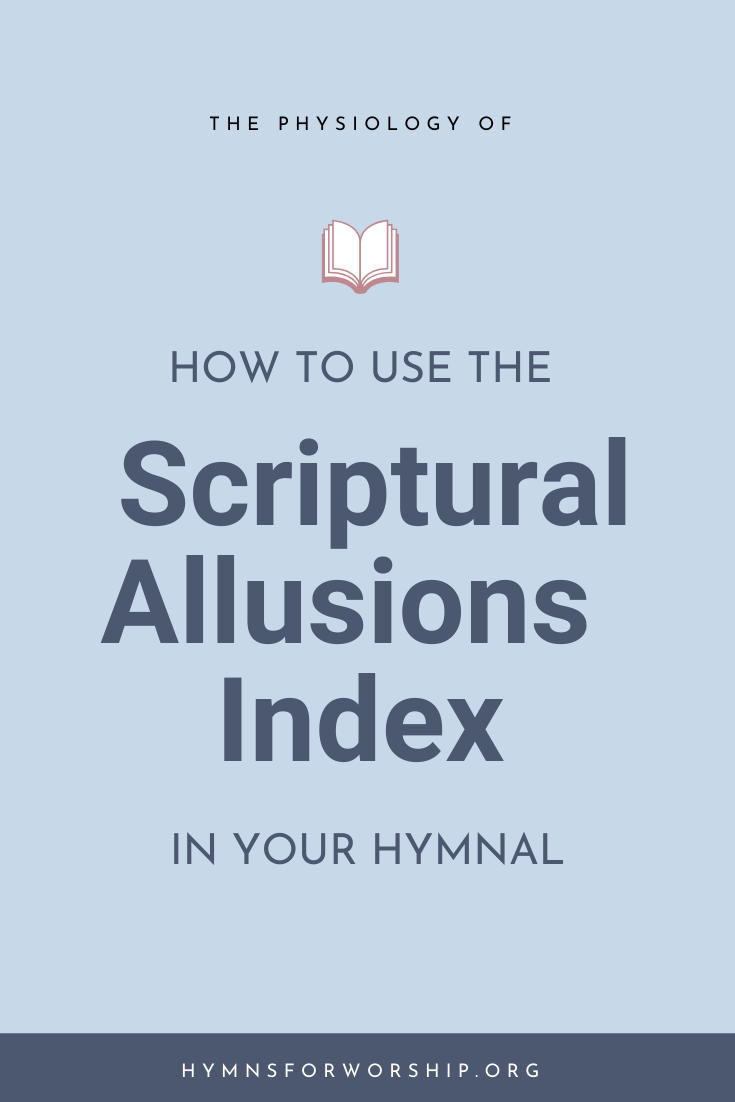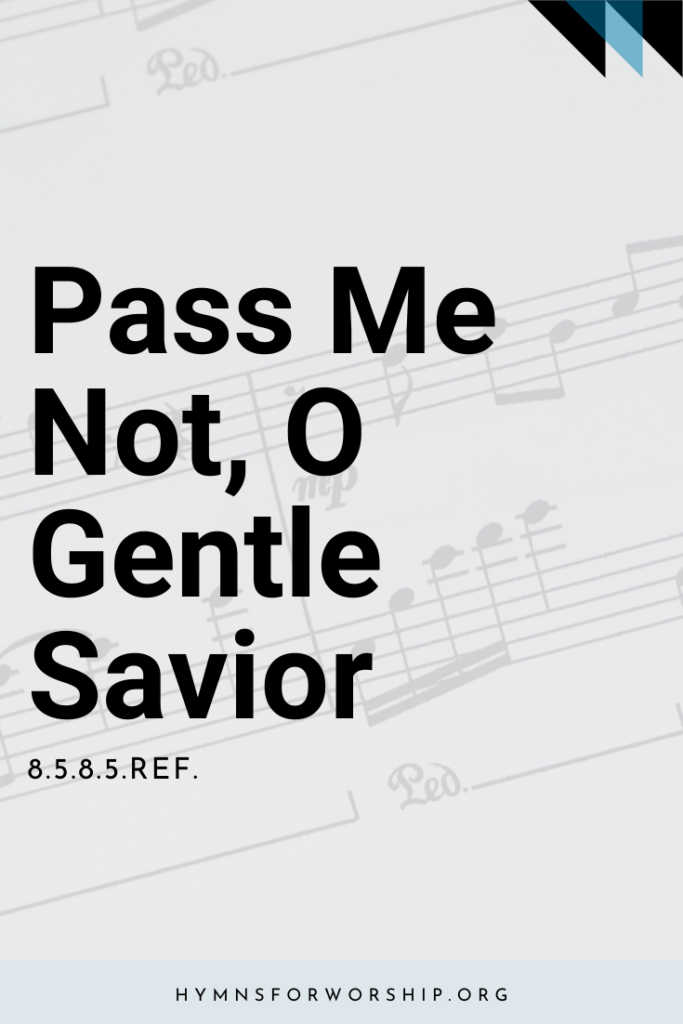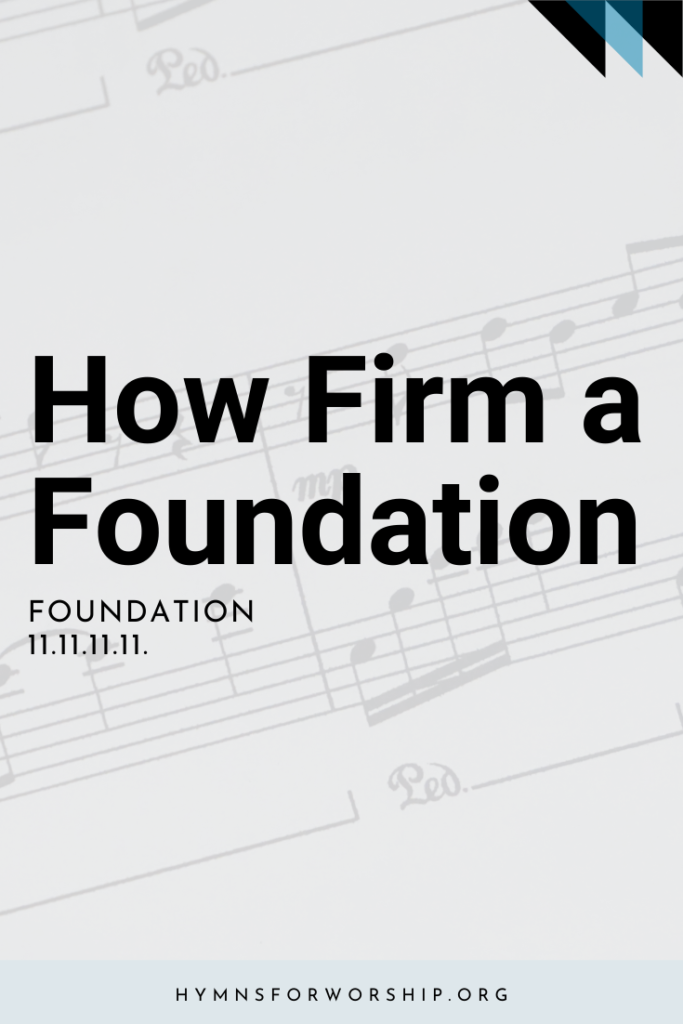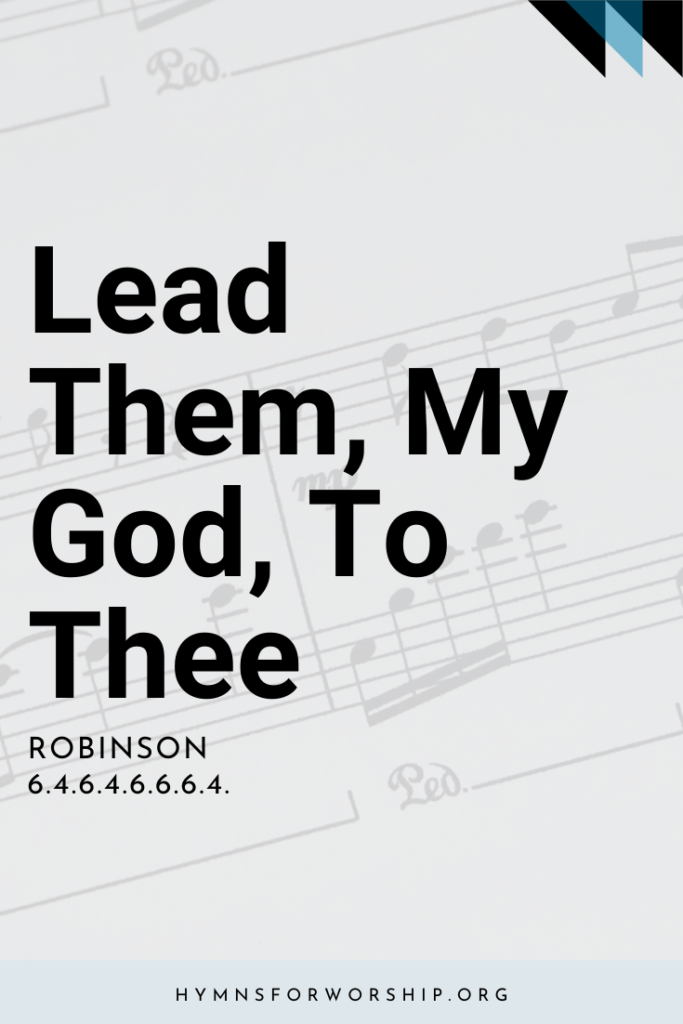
Unless you’re a die-hard SDA Hymnal fanatic or an experienced church musician, you probably wouldn’t know that such an index exists. I have taught several hymnology classes in college, churches, and homeschooling families. And whenever I introduce this special index to them, I am usually met with a surprised “whoa-this-is-so-cool-why-did-I-not-know-this-before” kind of reaction.
The Scriptural Allusions to Hymns Index provides so much convenience and help for song leaders, pastors, church music coordinators, superintendents, and regular worship members when it comes to choosing the right hymns. Today, I’m going to show you how to use this index to your advantage.
What Is the Scriptural Allusions in Hymns?
First of all, a majority of the hymn pages already contain Bible texts that generally goes with the overall theme of the hymn. But the Scriptural Allusions gives you a more exhaustive list of Scriptures indexed in two ways, by Scripture Reference, by Hymn Number. To make the index even more organized, letters are used to indicate more specific parts of the hymn:
a – indicates stanza 1
b – indicates stanza 2, etc.
r – indicates refrain
By Scripture Reference: The verses are categorized by books, then by specific verses in chronological order, and then the hymns that go with that particular verses. For example, under Genesis 1:1-3 the index lists four hymns — SDAH 47a, 85c, 87a, and 382b. This is especially helpful when you want to tie in specific songs to the sermon or a church Bible study class.
By Hymn Number: The hymn numbers are listed in chronological fashion, and across each stanza or refrain is the particular Scripture. For example, listed across SDAH 127 is (a) Luke 2: 7, 13 and (b) Luke 2:8-10. This is handy especially when you want to analyze the hymn text deeper. As a song leader, you can also include it as you introduce the hymn to the congregation.
“Singing is a part of the worship of God, but in the bungling manner in which it is often conducted, it is no credit to the truth, and no honour to God. There should be system and order in this as well as every other part of the Lord’s work.”
The Review and Herald, July 24, 1883
Why Do You Need to Use the Scriptural Allusions to Hymns Index?
The answer to that, my friend, is relevance, order, and worship flow.
If you’re a music leader, pastor or worship coordinator, you already know that importance of relating certain (if not all) parts of the worship service. There are things we already do in worship to make it flow and relatable — introducing the speaker, welcoming the worshippers, hymn intros and responses to prayers, preludes, etc.
This is why in many SDA churches, they leave the task of choosing the closing hymn to the speaker. He who knows full well the points he would bring up in his sermon would be the perfect person to choose the hymn that the congregation can sing after as a response to the message. However a pastor who may not be well-versed in the hymnal can use this index to choose the appropriate closing hymn.
What if this level of organization is not present in your church? Many times, the song leader or the pianist/organist is left to forecast the conclusion of the sermon. I have played as a guest pianist in many worship services, and there has been innumerable times where I had to choose the hymn as I make my way to the piano. Before the preacher gives his concluding remarks, I would discreetly hand signal the hymn numbers to the song leader. It was at these times that the Scriptural Index proved to be a great help!
The Scriptural Allusions can also prevent using the same hymn over and over. Many times, several hymns already lends itself the obvious choice for certain topics. But to give more variety and deeper meaning, a new hymn, still relevant, can be chosen.
Here are a few questions to ask yourself —
- Is this tune familiar to the congregation? Can they sing it without music? Do I need to match the text with a more familiar tune?
- Does this hymn highlight parts of the sermon in a relevant and meaningful way?
- Do I need to introduce the hymn to make the Scripture stand out, or is that already obvious in the text?
A few final considerations
Ready to start putting your hymnal’s Scriptural Allusions to Hymns index to work? Here are few final considerations to keep in mind as you plan:
PRINT THE SCRIPTURE AND THE HYMN LYRICS TOGETHER IN THE BULLETIN
Write a snippet of how that hymn ties in with the relevant Scriptures. Highlight certain words and include a short application of the text. Invite congregation to meditate on these verses as they prepare for worship.
READ THE VERSES TO MAKE SURE IT REALLY TIES IN
Even if you are pressed for time, do not just quickly flip to the Scripture Index and blindly choose a hymn. The overall theme of the hymn might be about the suffering and death of Jesus, when the sermon is about the Sabbath. Make a quick Scripture check, and scan the lyrics of the hymn.
DON’T PREACH ANOTHER SERMON
You may find so many Scriptural connections to the hymns you chose, but keep in mind to keep your introductions short and to the point. In the words of Edward White, the man responsible for putting the Scriptural Allusions to the Hymns Index together, he said “Some who seek to avoid a superficial announcement of a hymn find themselves preaching their own sermon. There is no need to fall into that other extreme. Announce the hymn briefly and announce it well.”
What instances has the Scriptural Allusions Index been helpful to you? Let me know in the comment section below!






